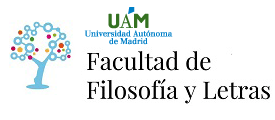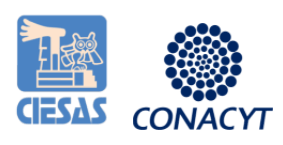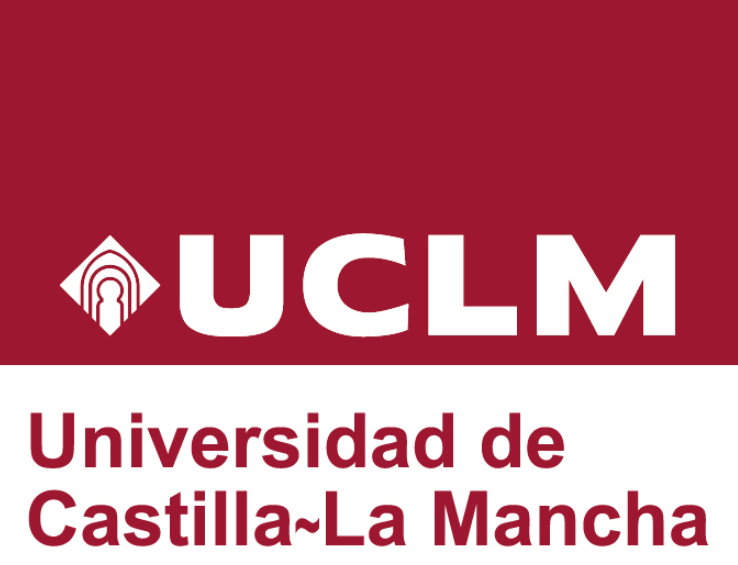“EGGS WITHOUT BORDERS”: TRANSNATIONAL GAMETE DONATION AFTER OOCYTE CRYOPRESERVATION
The advent of egg freezing (oocyte cryopreservation) in the last decennium has primarily been discussed as a technology for counteracting anticipated fertility loss in autologous donation practices. However, this reproductive technology also has an impact on heterologous gamete donation as it permits the creation of egg banks in which donor eggs can be stored for intended parents. in this presentation, I focus specifically on the implications of egg freezing for transnational egg donation. An important effect of oocyte cryopreservation is that it renders the egg as mobile as the liquid nitrogen tanks that contain them. As a result, frozen eggs may be moved across clinics and countries from egg "donors" to intended parents worldwide. With an analysis of the US-based World Egg Bank, which organizes transnational flows of eggs from the United States to Euope, Oceania and South America, I will discuss how the mobility of frozen eggs affects regulations and discursive mediations of assisted reproduction across national boundaries. From this case study emerges how the mobility of frozen eggs entails a respatialisation of reproduction in accordance with a global biopolitics of ageing, in which the distances between egg banks, egg donors and egg recipients can increase, while online platforms take a central role in bridging them. This respatialisation of reproduction is particularly significant in the Spanish context, which is an important destination for cross-border egg donation and home to one of the first European transnational egg banks.
(*)El autor o autora no ha asociado ningún archivo a este artículo









